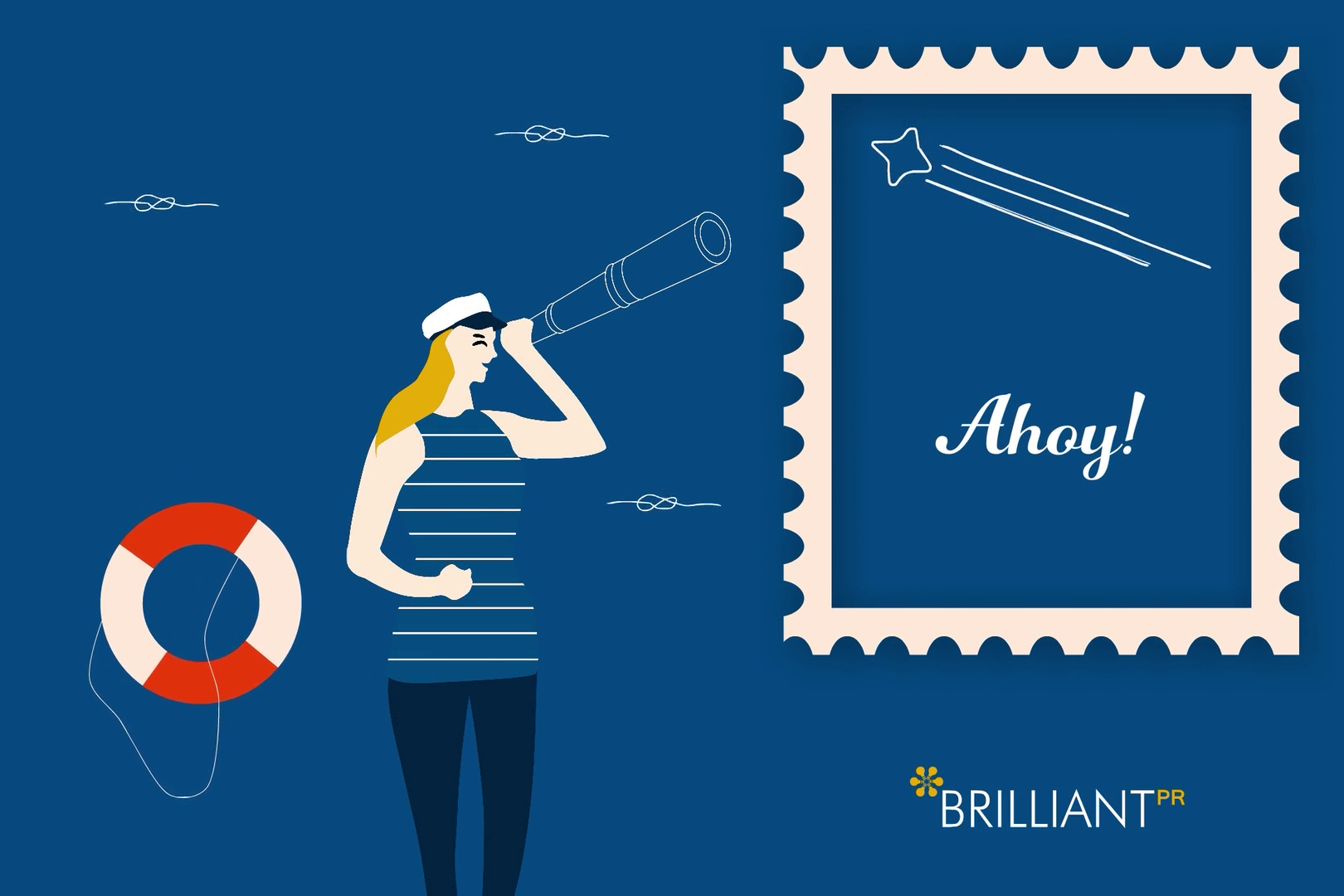We are in the 4th month of 2019 and the emerging trends in the field of communications are clearer and they can be better outlined. Communication goes through new expressive means, platforms, adapts to new technologies, requirements and preferences of new generations entering social media, constantly evolving in terms of content, aesthetics, orientation and strategy. It’s not clear if some of the emerging trends will have sufficient influence and lifespan, but we make a reference to them in order to establish a clearer picture in the landscape of communication, as it is shaped in 2019.
Transition to new forms of promotional communication
Fortunately, we have passed through and we managed to survive the past decades of the unregulated Internet landscape, with the myriad pop-up windows, flash advertisements with their fancy colors and kitsch aesthetics, misleading titles in articles, the well-known “clickbait”. All the above, mark an outdated philosophical approach that refers to past eras.
The new trends in the field of promotional activities as well as communication, through columns, articles and other media, like blog posts, online videos, podcasts and similar content types, require more discretion, more refined aesthetics, and respect for the approach of the public. New promotional campaigns tend to evolve more in the context of an omni-channel approach, with targeted, well-organized actions, activations not only in the virtual but also in the real world, more qualitative content in the form of storytelling that is thematically and aesthetically cohesive. An approach that prefers bylined articles instead of ads that appear in the middle of a video.
A practical advantage is the connection of our promotional activities with the customer’s “owned media”, adding additional weapons to our quiver, for a successful proposal to undertake the reconstruction of forgotten and neglected sites, blogs, social media pages etc., but also for sourcing material, expanding existing projects and benefiting from an already established foundation, as a springboard for our new strategy.
However, the paid entries in the form of “editorials” are not always well received by the public. At least now, most content creators, journalists, and influencers clearly announce when their content contains sponsorship and it’s a paid entry. The social networking platforms themselves continually renew their terms of use to create better transparency: for instance, on YouTubea creator must report both in the video and in his description the existence of paid or sponsored content, and on Facebook a page visitor can check whether a page is investing money in advertising.
More complex and qualitative online content and mobile apps
The powerful computing power of modern smartphones and tablets, the very fast broadband wireless networks -with 5G technology ahead- escalate the complexity, but also multiply the capabilities and content types supported by our “smart” devices. As most consumers use these devices for web surfing, reading news, communicating and online shopping, developers utilize the powerful hardware, large bandwidth, as well as new imaging technologies, to offer mobile apps and web-based applications that are as capable as their desktop counterparts.
With devices that comfortably reproduce high-resolution video and high-fidelity audio, video communication with podcasts, live audio/video streams and thanks to the proliferation of VDSL connections that can exceed 100Mbps, it is not such an issue if the hardware is not sufficiently powerful, since we can now create streaming services with rich content that we just couldn’t do a few years ago. For example, Google has recently unveiled its vision for Stadia, a service where a user would be able to play any video game, by simply clicking on the “Play” button under the game trailer on YouTube, without having a game console or an expensive gaming computer.
Web design also follows the imperatives of the new aesthetics and the technologies and tools that are provided: Nowadays we notice a sharp shift in more original and customized content, with minimalist aesthetics, that mimics the functional simplicity of the flat usable environments of smartphones. Imaginative ways of expression with isometric 3D elements, imitation of handmade elements, retro aesthetics, modular design and infographics are replacing boring stock photography and traditional static design that emulates classical typography.
Finally, new technologies such as augmented reality and virtual reality, are becoming all the more accessible for inclusion in promotions and commercial usage, especially in retail.
User-generated content enters a new trajectory
The primary content produced by the end-users themselves is also undergoing a stage of evolution: the so-called “user-generated” content, which has been in effect since late 1990s, when the Internet started spreading outside the US borders, can be integrated into a communication strategy, albeit in a careful manner.
User-generated content and influence of individuals, who create their own brand, benefiting from the proliferation of social media, have disrupted many branches of communication, sometimes in a shocking way, if we take into account the sweeping changes brought about by independent creators and entrepreneurs.
Through blogs, private and shared sites and services, independent researchers, journalists, bloggers, have upset the balance and strongly threaten the traditional news organizations. We are currently witnessing a response of the so-called “authoritative” organizations, which are strongly promoted by the various platforms of Google, Apple, Facebook etc., while new legislative frameworks such as the recent approval of the infamous Article 13 of the EU raises doubts about the framework under which new independent content services can grow and thrive.
Another huge issue is the rise of influencers and e-celebrities, personalities that have emerged through social media, mainly through YouTube and Instagram. Investing in a communication strategy on the popularity of an influencer can be a double-edged sword, as the brand can be challenged by controversial or shady aspects in the activities of these individuals, while the number of followers does not often guarantee a return of the investment, since the original hype isn’t always translated into long-term engagement, brand loyalty and sales.
Recently, the tendency to “recruit” small scale influencers, the so-called “micro-influencers” is emerging. These are people who typically represent their communities in a more direct way and guarantee a greater degree of penetration and long-term involvement. However, the shift to smaller members of the community is often attributed to limited budget and the relative sizes vary enormously from country to country and industry to industry. Not to mention that it is a bit dependent on the culture norms that prevail in each market.
Furthermore, the culture of the people who constitute the executive communications team, may affect more or less our strategy: a particularly prominent example was the well-established YouTube’s video “Rewind”, published during the new year’s period and traditionally includes the most popular and viral events of the past year. Unfortunately for YouTube executives, this year’s Rewind has been a very unpleasant surprise, since it was the video with the most “dislikes” in the history of the site! A lot of discussion ensued over the reasons that the collective YouTube community voted against this video, which supposedly catches its pulse. One key reason is perhaps that this year’s Rewind did not include the videos, creators, memes, events and people who were truly relevant in 2018, but instead they chose creators and celebrities that are rather artificially promoted based on their connections, and not on their true global reach.
How do you evaluate on your part the new landscape in communication, through the new trends, especially in light of the new developments in social media? If you are still having trouble solving the… Gordian Knot, we will be happy to discuss with you and create a communication plan that follows the latest trends and adapts to your needs and requirements!


